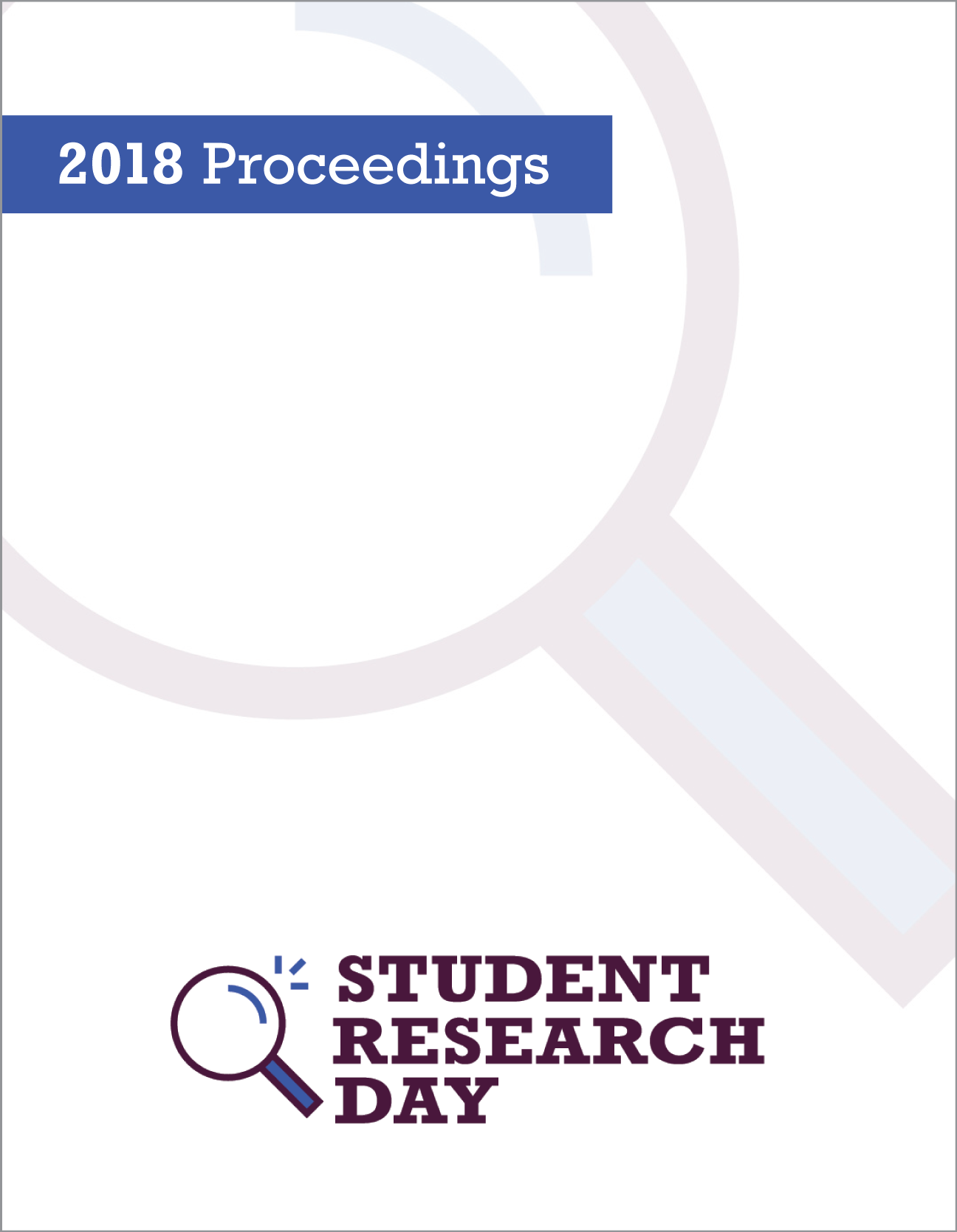Maximizing Efficacy of Animal Visitation Programs on Campus
Reducing Student Stress and Anxiety
Abstract
Stress and mental health problems are commonplace in university, with 25% to 50% of students experiencing negative mental health symptoms (Bayram & Bilgel, 2007). Thus, programs that allow for the mitigation of stress and negative mental health symptoms have important implications for student well-being. Recently, studies have been examining the effects of Animal Visitation Programs (AVPs) on campus, with many demonstrating improvements in self reported and physiological measures of stress. However, when it comes to equivalency across studies, very few have comparable interaction times. Examining the relationship between interaction time and stress mitigation is important in order to balance treatment efficacy and efficiency. Students will be asked to complete a mental arithmetic task in order to induce stress, and then will be given 35 minutes to interact with a therapy dog. Our study will use physiological and psychological measures of stress and anxiety, and participants will be measured at times of 5 minutes, 15 minutes, 25 minutes, and 35 minutes. We predict that as interaction time with the dog increases, psychological and physiological measures of stress and anxiety will decrease. We also predict that this interaction will follow a pattern of diminishing returns. Specifically, we expect that the reduction in stress will be largest in the first 5 to 15 minutes of a session, with smaller, more marginal reductions occurring thereafter. These findings will provide insight into an ideal treatment time that will have the greatest benefit to the most students, in the shortest amount of time.
Discipline: Psychology (Honours)
Faculty Mentor: Dr. Eric Legge
Published
Issue
Section
License
Authors retain any and all existing copyright to works contributed to these proceedings.



